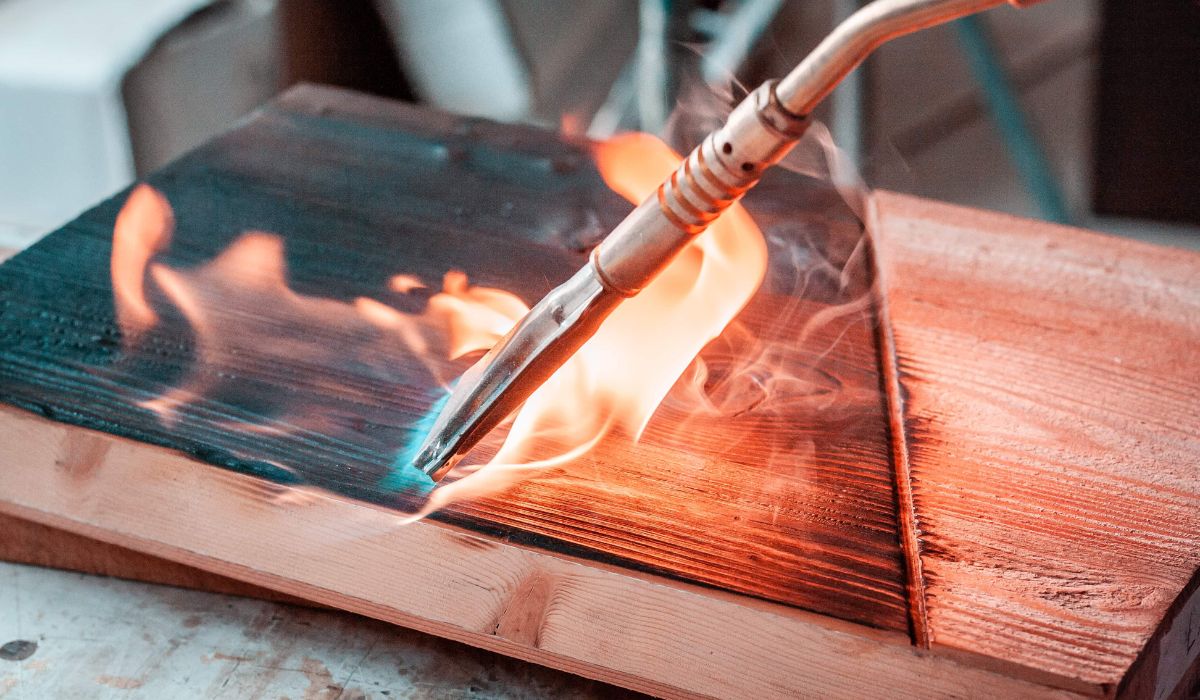To make wood fireproof, treat it with a fire-retardant chemical. Apply a coating that resists heat and prevents combustion.
Fireproofing wood is essential in construction and fire safety, safeguarding homes and structures from the devastation of fire. A crucial step in fireproofing involves the application of specially formulated chemicals that penetrate the wood fibers, creating a barrier against flames. This process not only enhances the fire resistance of timber but also contributes to a safer living environment.
DIY enthusiasts and professionals alike prioritize this method to maintain the integrity of wood in fire-prone scenarios. With the right treatment, wood can sustain its natural beauty while significantly reducing its vulnerability to fire, reflecting an overlap of functionality and aesthetics in materials science. The availability of various commercial fire-retardant products offers a range of options for those looking to increase the fire resistance of their wooden structures or furnishings. Implementing these safety measures can result in a remarkable decrease in fire-related incidents, ensuring both property and lives are better protected.
The Lure Of Wood As A Building Material
The charm of using wood within our homes and buildings lies deep in its rich tones and varied textures. This natural material brings warmth to home interiors and an organic feel to modern architectures. Yet, despite its popularity, there’s a very real challenge that comes with wood: it burns. In this blog post, we’ll explore the undeniable allure of wood as a building material and unpack how to make it fireproof.
Natural Beauty And Versatility
Wood’s aesthetic appeal is unmatched. Its grains, colors, and patterns harmonize with any design style, from rustic to contemporary. This versatility means wood can feature anywhere in construction; whether in structural supports or fine furnishings. A snapshot of wood’s applications showcases its flexibility:
- Flooring and beams
- Paneling and ceilings
- Doors and window frames
- Cabinetry and furniture
Moreover, wood is a renewable resource. Eco-conscious builders often prefer wood for its environmental sustainability. It’s not just about looks; using wood could also mean lower carbon footprints for building projects.
Risks Associated With Wood In Construction
While wood’s beauty and versatility beckon, it is not without its issues. The primary concern is its flammability. Wood structures are vulnerable to fire damage, risking both property and lives. Key risks include:
| Fire Risk | Consequence |
|---|---|
| Rapid spread of fire | Reduced evacuation time |
| Structural failure | Potential collapse |
| Smoke development | Visibility and breathing issues |
This underscores why making wood fireproof is paramount.
In the sections that follow, discover the strategies to enhance wood’s resistance to fire, keeping its natural charm intact while protecting your spaces.
Combustion 101: Understanding Wood Fires
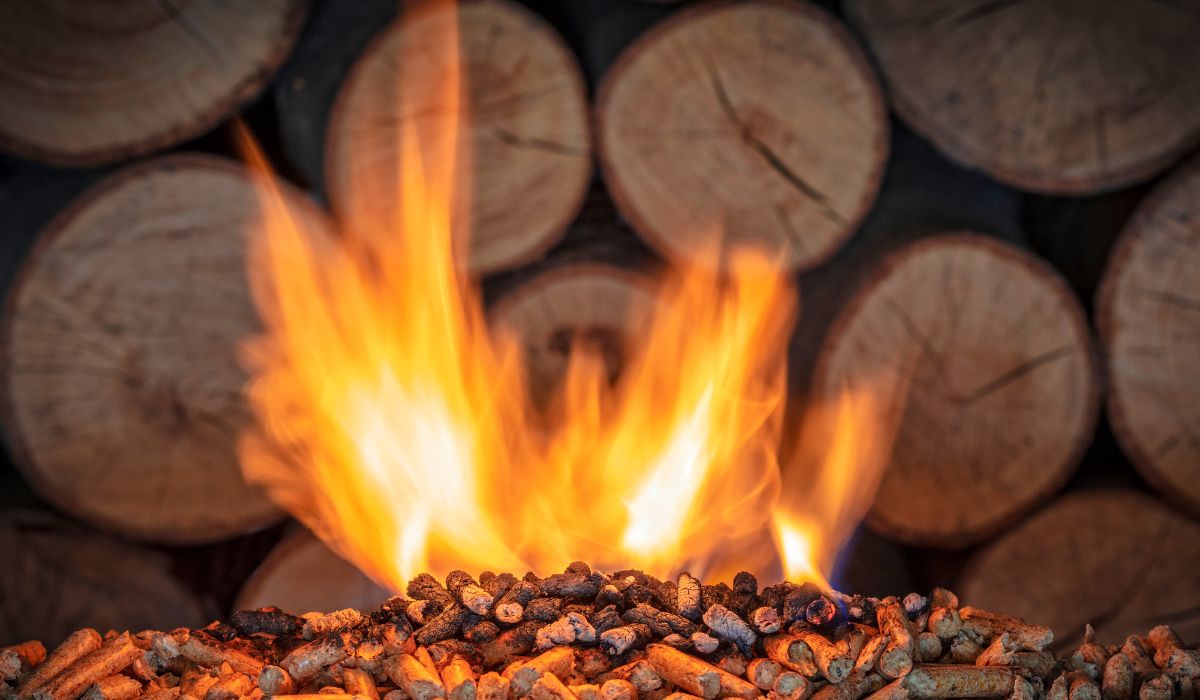
Igniting a cozy wood fire involves more than just striking a match. To make wood fireproof, we delve into the fundamentals of combustion. Grasping the fire triangle is vital for this. Let’s break down the core principles of wood fire behavior, enhancing our approach to fireproofing.
The Fire Triangle Explained
A fire needs three elements to thrive: heat, fuel, and oxygen. This trio forms the fire triangle. Here’s a quick rundown:
- Heat – The spark that starts the fire.
- Fuel – Wood, acting as the combustible material.
- Oxygen – Air sustains the flame.
Remove one, and the fire ceases. This knowledge is pivotal for fireproofing wood.
How Wood Ignites And Burns
Wood catches fire through a process best described in steps:
- When heated, wood releases volatile gases.
- These gases mix with oxygen.
- At high enough temperatures, this mix ignites.
Solid wood chars and turns to ash as the fire consumes it. By understanding this, strategies to make wood fireproof become clearer, aiming to interrupt this process.
Fireproofing Techniques For Wood
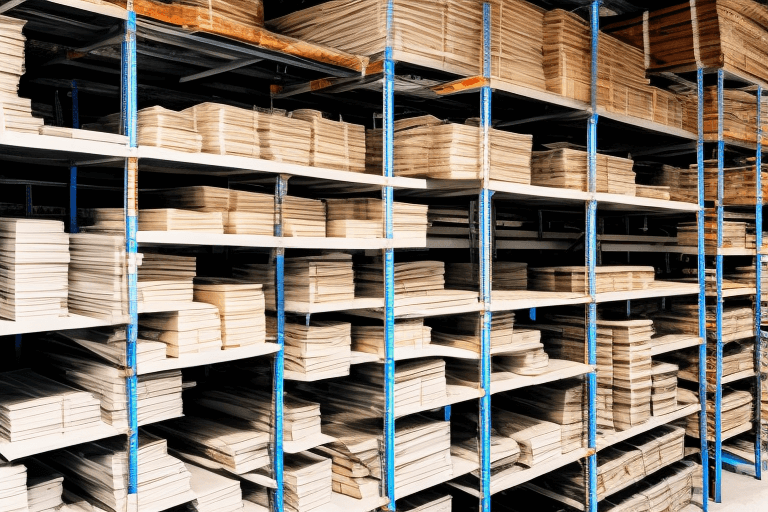
Wood in your home can catch fire easily. Making it fireproof is a smart move. This section details methods to protect wood from flames. Learn about fireproofing techniques for wood. These methods keep your home safer.
Surface Treatments
Surface treatments form a protective layer. They stop flames from catching on wood. These treatments are easy to apply. Brush them on like paint or spray them on surfaces. Many options exist. Some products also prevent mold and pests. Always wear gloves and masks when using them.
- Fire-retardant paint
- Flame-resistant varnish
- Protective wood sprays
Apply these solutions regularly. Reapply after heavy rain or wear. Check the product for how often to apply.
Pressure-treated Fire Retardants
Pressure-treated lumber is wood soaked in chemicals. These chemicals seep deep inside. They make wood less flammable. This wood is great for outdoor use. Decks and fencing benefit from this treatment. This wood lasts longer and resists fire.
| Use | Benefit |
|---|---|
| Outdoor Structures | Long-lasting and fire-resistant. |
| Indoor Framework | Safety increases due to fire resistance. |
Selecting the right wood is important. Look for stamps. These show the wood is pressure-treated. Safety gear is a must when handling treated wood.
Chemical Solutions: Fire Retardants Explored
Protecting wooden structures from fire is a top priority for safety and durability.
One effective method to achieve this is through chemical solutions, known as fire retardants.
These solutions reduce the risk of ignition and slow down the spread of flames.
How Fire Retardants Work
Fire retardants defend wood against fire in two main ways.
They form a protective barrier that prevents oxygen from feeding the flames.
At the same time, they lower the temperature at which wood will ignite.
This dual action gives more time to control a potential fire.
Common Fire-retardant Chemicals Used For Wood
Several chemicals are popular options for fireproofing wood.
Each comes with unique properties and benefits.
- Boron compounds – Excellent for interior wood.
- Ammonium phosphates – Used for both interior and exterior woods.
- Ammonium sulfamate – Perfect for wood in high-humidity areas.
For wood treatment, these chemicals are often mixed into coatings.
| Chemical | Application | Pros |
|---|---|---|
| Boron compounds | Interior wood | Non-toxic, controls pests |
| Ammonium phosphates | Interior/Exterior wood | Fire resistance booster |
| Ammonium sulfamate | High-humidity wood | Mold inhibitor, fire retardant |
Diy Fireproofing: Safe And Effective Approaches
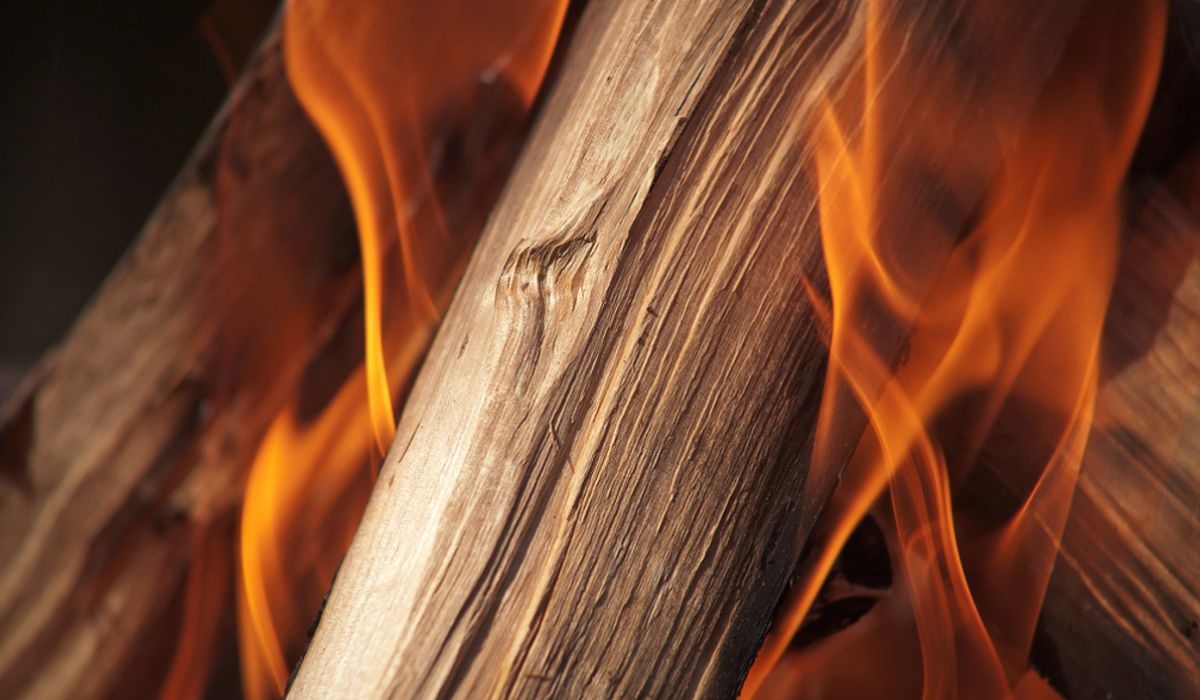
Protecting wood from fire is wise. Anyone can make their wood fireproof at home. It’s simple, safe, and works well. Learn to mix and apply a fireproof coating. Keep your home safer!
Home-made Fireproofing Mixtures
Fireproofing wood is key to improving home safety. Create a fire-resistant barrier using common items. Below are some top DIY mixtures:
- Borate solution: Mix borax and boric acid in water.
- Sodium silicate: Combine silica sand and soda ash, then dissolve.
Mix these in the right amounts for best results. Apply them to your wood, and you boost safety.
Application Methods And Safety Considerations
Application is easy. Ensure wood surfaces are clean before you start. Here’s a step-by-step guide:
- Prep Your Mix: Stir your mixture well.
- Test: Apply a small amount to a wood piece. Check for reactions.
- Apply Evenly: Use a brush or sprayer for an even coat.
- Let It Dry: Give the wood time to fully dry.
Always wear gloves and a mask. Keep the area well-ventilated. This keeps everyone safe while you work.
Professional Fireproofing Services
Protecting wood from fire is essential for safety. Professional fireproofing services offer effective solutions. These services apply fire-resistant chemicals and treatments to wood. This ensures the material’s safety and durability. Expert fireproofing provides peace of mind. It is a wise choice for homeowners and businesses alike.
Benefits Of Hiring Experts
- Quality Assurance: Expert services use products verified for safety and efficiency.
- Comprehensive Solutions: Professionals provide a range of treatments for different wood types.
- Detailed Assessment: Experts evaluate your needs to suggest the best fireproofing approach.
- Lasting Protection: Professional applications offer lasting defense against fire.
- Compliance with Safety Regulations: Experts understand local codes and regulations, ensuring compliance.
- Insurance Benefits: Some insurers favor fireproofed properties for lower premiums.
What To Look For In A Professional Fireproofing Service
| Credentials | Experience | Testimonials | Product Quality | Cost |
|---|---|---|---|---|
| Licenses and certifications should be up-to-date. | Look for a track record of successful projects. | Positive feedback from past clients is crucial. | High-grade fire-retardant products ensure effective treatment. | Transparent pricing without hidden fees is important. |
Maintaining Fire Resistance Over Time
Keeping wood safe from fire is crucial. But it’s not just about applying fireproof treatments. You must keep up the wood’s protection. Learn how to maintain its fire resistance. Overlook it, and you could risk losing the protection when it’s most needed.
Regular Inspections And Touch-ups
Fire protection needs regular checks. Look for signs of wear or damage. If fireproofing looks thin, apply more. Stick to a schedule to ensure safety.
- Check the wood’s surface every six months.
- Look for chipping, flaking, or cracking in the coating.
- Touch-up areas where the coating seems compromised.
- Keep fireproofing materials ready for quick fixes.
Long-term Effects Of Fireproofing Substances On Wood
Fireproofing substances can change wood over time. Some might darken or change texture. Regular inspections will catch these changes early. This ensures the integrity of the fireproofing layer.
| Substance | Effect on Wood | Action Needed |
|---|---|---|
| Fire-retardant Paints | May discolor or peel | Apply new coat |
| Borate-based Solutions | Wood may harden | Check flexibility |
| Silicate-based Solutions | Possible surface residue | Clean and reapply if necessary |
Test the wood’s fire resistance annually. Update your fireproofing methods based on new advancements. Always use high-quality, proven substances for optimal protection.
Balancing Aesthetics And Safety
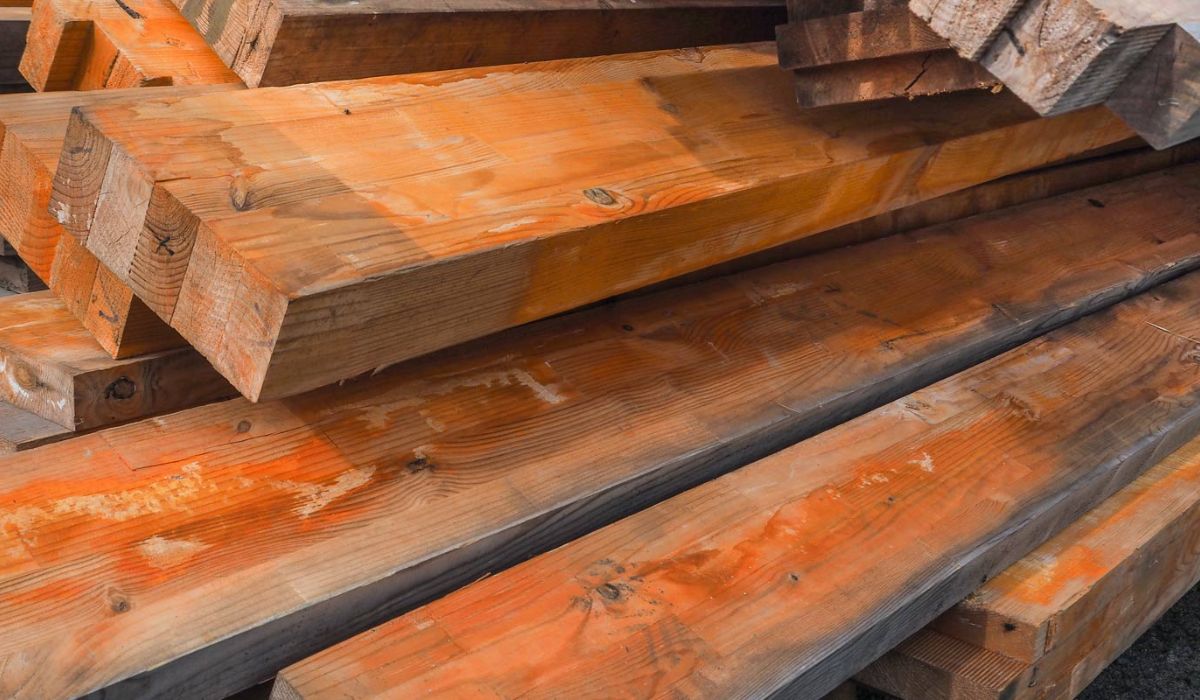
Protecting wooden structures from fire doesn’t mean sacrificing their beauty. Safe and stunning homes are a priority. The key is finding the perfect balance.
Choosing The Right Finish For Appearance And Protection
A fire-resistant finish can also enhance wood’s look. Here’s how to choose:
- Consider the environment: Indoor and outdoor wood need different treatments.
- Evaluate wood type: Hardwoods and softwoods react differently to finishes.
- Review the aesthetic: Pick a finish that complements your wood’s color and grain.
- Check safety ratings: Ensure the product meets fire safety standards.
Custom Solutions For Historic Or Unique Wooden Structures
Historic and unique buildings need special attention. Custom fireproofing methods help:
- Assess the structure’s historical value.
- Work with experts in preservation and fireproofing.
- Use methods that honor the structure’s integrity.
Every structure is different. Expert solutions are important for safety and beauty.
Case Studies: Successes In Fireproofing Wood
Making wood fireproof is essential in building safety. Let’s explore cases where fireproofing wood meant success. These stories show how to protect buildings from fire. They teach us about the best ways to keep wood safe from flames.
Examples Of Effective Wood Fireproofing In Buildings
Examples are powerful teachers. Many buildings stand tall thanks to fireproof wood. Structures like the Mjøstårnet in Norway use fire-resistant treatments. This makes them some of the tallest wooden buildings in the world. Here’s how they do it:
- Fire-retardant coatings prevent flames from spreading.
- Pressure-treated lumber resists ignition.
- Intumescent paints swell up to protect the wood in heat.
For example, the International Building Code (IBC) guides the use of fire-retardant materials. The IBC standards help buildings stay safe.
Lessons Learned From Past Fire Incidents
Fire incidents teach valuable lessons. By looking into past fires, we learn how to improve. Consider the Great Fire of London; it led to new fire codes. Here are some key takeaways:
| Incident | Lesson |
|---|---|
| Great Fire of London, 1666 | Building materials must be flame-resistant. |
| Chicago Fire, 1871 | Urban areas need strict building codes. |
These events transformed safety practices. They showed the need for fireproof wood in construction.
Future Innovations In Wood Fireproofing
As we look towards the future, a key focus in construction and material science revolves around making wood elements more resilient to fire. Innovations in wood fireproofing not only promise to enhance safety but also pioneer eco-friendly advancements. Utilizing cutting-edge techniques, scientists and manufacturers aim to create fire-resistant wood that can withstand higher temperatures and offer better protection for both residential and commercial structures.
Emerging Technologies In Fire Retardant Treatments
These technologies represent a leap forward in enhancing the fire resistance of timber:
- Nanotechnology: Nano-coatings can boost the fire resistant properties of wood surfaces.
- Intumescent materials: They swell when exposed to heat, forming a protective barrier.
- Fire-resistant chemical infusions: These treatments seep deep into the wood, improving its fire resistance from within.
Researchers are also experimenting with:
| Technology | Function |
|---|---|
| Hybrid solutions | Combine multiple fireproof technologies for synergistic effects. |
| Smart materials | React to heat exposure by activating fire-retardant properties automatically. |
Eco-friendly And Sustainable Developments
Innovations also encompass the sustainability of fireproofing methods:
- Biodegradable solutions: Treatments that decompose naturally without harming the environment.
- Resource-efficient processes: Methods that minimize waste and energy use during application.
- Non-toxic chemicals: Safe for indoor use and don’t release harmful substances when heated.
Emerging trends in this area include:
- Upcycling agricultural waste into fire retardants.
- Using living organisms such as fungi to enhance wood’s fire resistance.
- Developing paint and coatings that not only resist fire but also contribute to a healthier ecosystem.
Frequently Asked Questions On How To Make Wood Fireproof
Is It Possible To Make Wood Fire Resistant?
Yes, you can make wood fire-resistant by treating it with flame-retardant chemicals. These treatments reduce flammability and hinder fire spread.
What Can You Put On Wood To Make It Fire Resistant?
To make wood fire-resistant, apply fire-retardant paints, varnishes, or impregnate the wood with fire-retardant chemicals.
Can Wood Be Fireproofed?
Yes, wood can be fireproofed. Treatments involve applying chemical flame retardants, creating a protective barrier against fire. Fire-resistant coatings and pressure-treated fire-retardant wood products are also available. These methods enhance wood’s resistance to fire, but do not make it completely fireproof.
What Can You Put On Wood To Make It Not Burn?
To prevent wood from burning, apply a fire-retardant coating or varnish. These specially formulated substances can significantly reduce flammability and improve fire resistance.
Can Wood Be Made Completely Fireproof?
No, wood cannot be entirely fireproof, but its fire resistance can be significantly enhanced through treatment with fire-retardant chemicals.
What Materials Are Used To Fireproof Wood?
Fireproofing wood typically involves applying fire-retardant chemicals such as ammonium phosphate, borax, or boric acid solutions.
Conclusion
Protecting your wooden structures from fire is simple yet crucial. By selecting the right treatments and applying them properly, you ensure long-lasting safety. Remember to reapply as needed and stay vigilant regarding fire hazards. Your efforts will preserve your wood’s beauty and integrity for years to come.

I’m Abdus Sobur, a highly skilled and professional Fire Safety Officer with a passion for safeguarding lives and property. Over the course of my career, I’ve conducted numerous successful fire safety audits, earning a reputation for excellence in ensuring public safety.
In addition to my role as a Fire Safety Officer, I’m also dedicated to raising awareness about the importance of fire safety. Through my blog, I share insights into the functions of different fire safety equipment, aiming to empower individuals with the knowledge they need to protect themselves and their communities.
I’m driven by a deep commitment to promoting fire safety awareness and preventing fire-related incidents.

